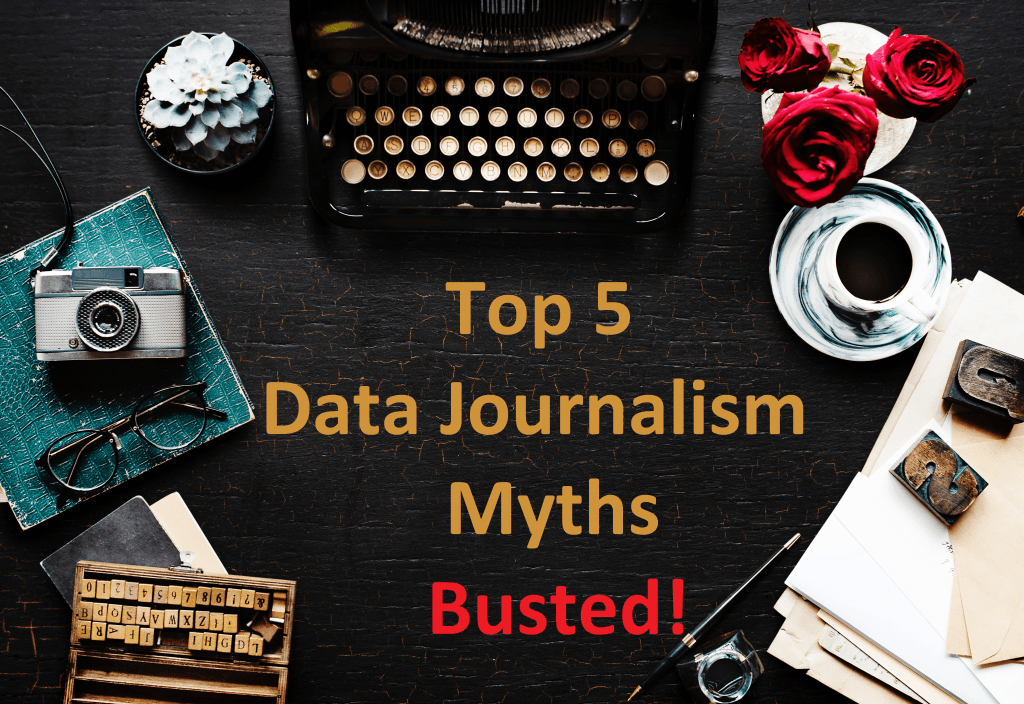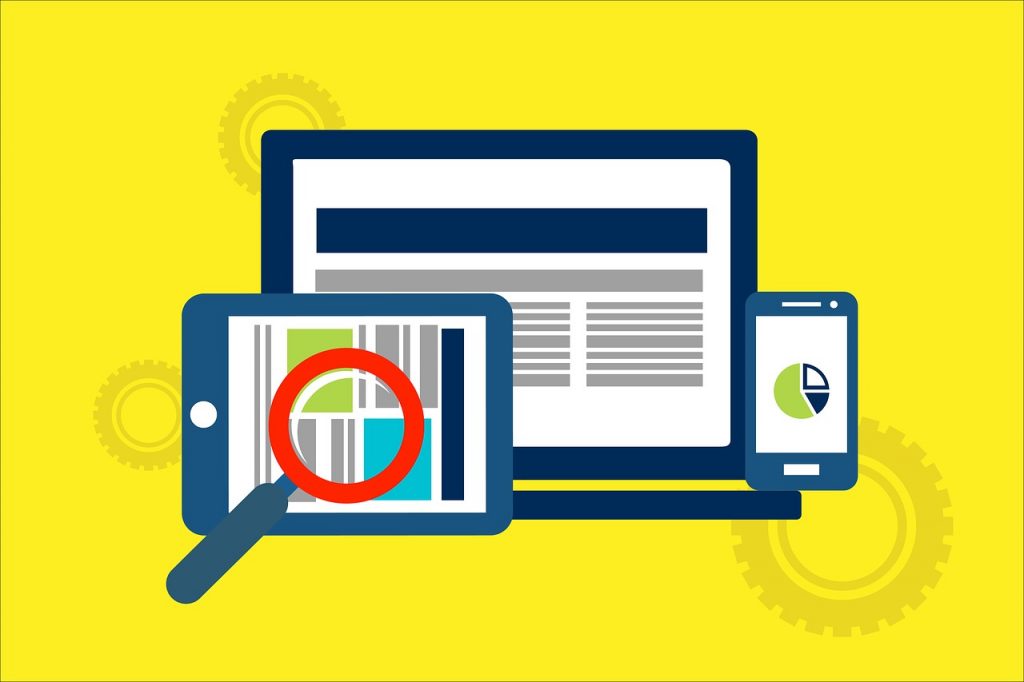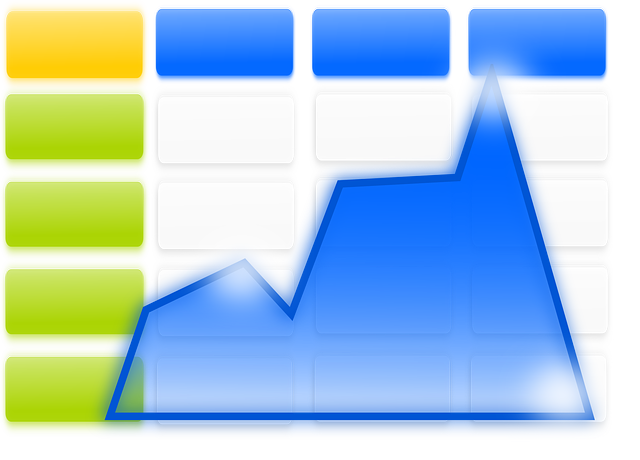
A good journalist is a master storyteller. Telling compelling stories with data has become a new challenge and a growing trend in journalism today. The Internet has unlocked the world of information and made a huge amount of data available. Data journalists dig through all that data and transform it into valuable content.
There is a continuous and growing demand for data journalists, but many traditional journalists still shy away from it. Data journalism is kind of shrouded in mystery due to many myths about who can be a data journalist and which skills are required. We’ll delve into the most common myths about data journalism and unfold reality to help you better understand it and be less intimidated.
Myth #1: Data journalists must have a knack for math
“I am in journalism because I don’t have a knack for math” is the first thing most journalists and journalism students will say about data journalism. However, just because data-driven journalism involves numbers, it is not all about numbers. And it certainly is not required that you be a math wizard to create stories with data.
As a matter of fact, not all data-driven stories have to rely on numbers. They can actually be based on something a lot more palatable, like wine, for example. If you don’t believe it, check out this interactive timeline that shows us how wine colonized the world.


